If you’ve ever dreamed of working, traveling, and soaking up Aussie life for a whole year, the Subclass 462 Work and Holiday Visa might be your golden opportunity. But in 2025, there’s a twist—a lottery system now controls access for high-demand countries like India, China, and Vietnam. So is it still worth applying? Let’s break it all down, from eligibility to extensions and everything in between.
Key Takeaways
What Is the Subclass 462 Work and Holiday Visa?
The Subclass 462 visa is designed for young adults looking to experience life in Australia through a combination of travel, short-term work, and study. Once granted, it allows you to stay in Australia for up to 12 months, work for different employers (up to six months per employer), and study for up to four months. It’s a perfect fit for adventurers who want to finance their travels or gain international work experience.
Unlike its sibling, the Subclass 417 (Working Holiday Visa), the 462 is tied to specific country agreements and carries its own set of educational and linguistic requirements. But the overall experience? Just as rewarding, with the possibility of staying up to three years if you play your cards right.
Who Can Apply for the 462 Visa in 2025?
To apply in 2025, you’ll need to meet a few essential criteria. First, your age must be between 18 and 30, inclusive. Secondly, your citizenship must fall under a country with a bilateral agreement with Australia for the 462 program. As of 2025, this includes countries like the United States, Argentina, Indonesia, India, and several others.
Applicants also need to demonstrate either tertiary education or ongoing study and must meet basic English language requirements unless they’re from a native English-speaking country. Oh—and you’ll also need a letter of support from your government (except for citizens of some exempt countries like the U.S.).
How Does the New Ballot System Work for High-Demand Countries?
Starting with the 2024–25 program year, the Australian government introduced a pre-application ballot for countries with overwhelming demand. The goal? To make the system fairer and prevent processing backlogs. Currently, this ballot applies to India, China, and Vietnam.
Here’s how it works: Eligible candidates must register for the ballot during a set period each year. If selected, you receive an invitation to apply for the Subclass 462 visa, giving you 28 days to lodge your full application. It’s essentially a lottery system—if you’re lucky enough to be chosen, the rest of the visa process moves forward through Australia’s ImmiAccount portal.
Also Read: What Are the New Rules for Australia’s Sponsored Family Visitor Visa?
The process is competitive, but it’s also a major gateway for thousands of first-time applicants, especially from India, which has just joined the 462 club through the Australia–India Economic Cooperation and Trade Agreement (AI-ECTA).
What Are the Key Dates and Deadlines for Indian Applicants?
For Indian nationals, the critical window is between October 1 and October 31 each year, when registrations for the ballot open. There’s a non-refundable fee of approximately AUD 25, and only 1,000 visas are available annually for Indian citizens.

Once the ballot period closes, selected applicants are notified starting mid-October through to April. If you get that golden ticket, you’ll have just 28 days to submit your official application—so it’s wise to start preparing your documents early, even before the results come in.
Given the cap and popularity, demand will likely outpace supply, so set your reminders and prepare in advance if you’re planning to throw your hat into the ring.
What Can You Do in Australia on a 462 Visa?
The Subclass 462 visa is incredibly flexible for those who want to experience life Down Under without committing to a long-term stay. Here’s what you can do once you’ve landed:
- Work: You can take up short-term jobs, switch employers, and earn while you explore. Jobs in hospitality, retail, farming, and tourism are especially common.
- Study: You’re allowed to study for up to four months, which could include short courses or certifications.
- Travel: With an entire year to roam, you can explore the Great Barrier Reef, the Outback, or the bustling cities of Sydney and Melbourne.
There are some restrictions—like not working for one employer for more than six months and not engaging in full-time education—but overall, it’s one of the most open-ended visas out there for young adults.
Can You Extend the 462 Visa for a Second or Third Year?
Yes, and this is where the visa gets even better. If you complete specified work in certain parts of regional Australia or disaster-affected areas, you may be eligible to extend your stay for up to two additional years.
Here’s how it works:
- Second-year visa: Requires at least three months (88 days) of specified work in approved sectors (like agriculture, construction, or tourism) in regional areas.
- Third-year visa: Requires an additional six months of qualifying work during your second-year stay.
This extension not only allows you to continue working and traveling, but it also brings you one step closer to other visa pathways, like employer-sponsored visas or even permanent residency, depending on your circumstances.
Is the 462 Visa a Good Pathway to Explore Australia in 2025?
Absolutely—but with a few caveats. If you’re from a high-demand country like India or China, winning the ballot is your first challenge. The visa itself offers incredible freedom—work, travel, and even study—all while living in one of the world’s most livable countries.
However, the annual caps and the random nature of the selection process can be a hurdle. Plus, the visa doesn’t provide a direct path to permanent residency, though it can be used to build valuable Australian work experience that opens doors later.
Still, for many, the Subclass 462 is a foot in the door—whether it leads to a longer stay or just a once-in-a-lifetime adventure.





